Located in Yamatocho, Nakano Ward, Tokyo, is a famous local Chinese restaurant called "Ohako"!

We would like to introduce you to Ohako, a Chinese restaurant located a 10-minute walk from Nogata Station on the Seibu Shinjuku Line in Tokyo. A local Chinese restaurant that has been in business for over 60 years. The noodles and soup are handmade based on the teachings of the famous restaurant Koyo, which was located in Arai Yakushi, Nakano, Tokyo.
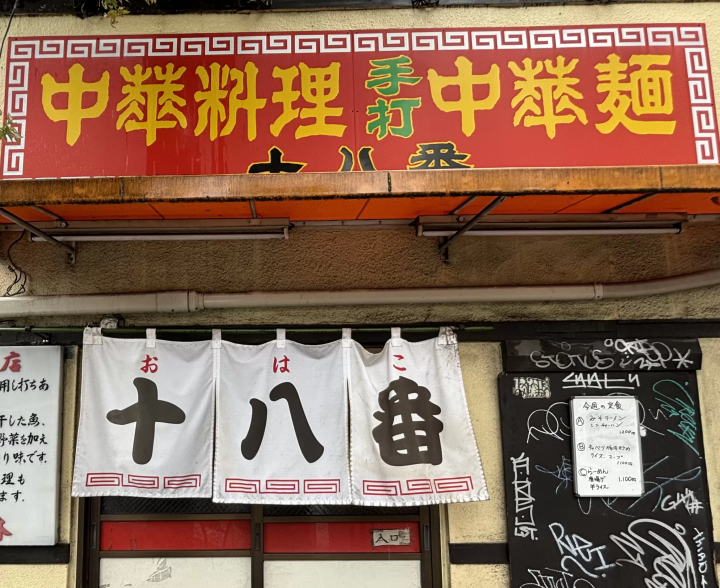
Hello! I'm Kimder Garden, a Nakano Tourism Reporter. I'd like to introduce you to Ohako, a Chinese restaurant located along Kannana Dori, a 10-minute walk from Nogata Station on the Seibu Shinjuku Line in Tokyo.
What is a specialty?

This famous local Chinese restaurant is always bustling with customers. At the worktable at the very back of the store, 60 servings of noodles are made over a period of more than four hours a day.
History of Juhachi
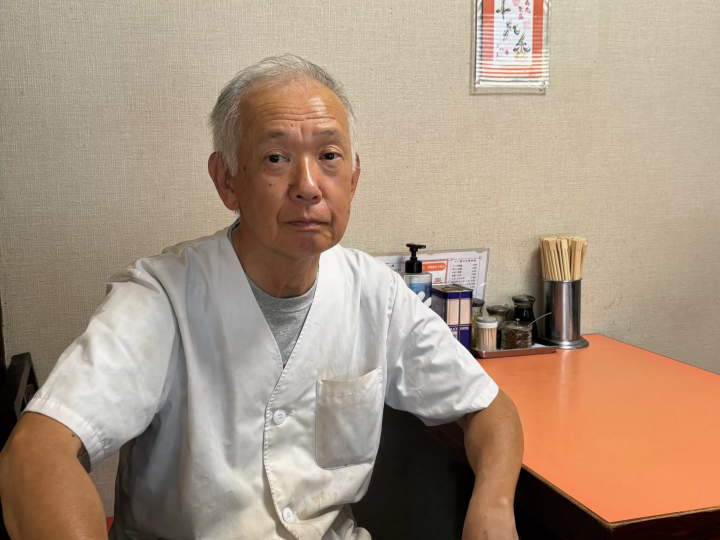
We spoke with Kataoka Junji, the second-generation owner of the restaurant. Kataoka's father first set up the restaurant in 1963 on a road parallel to the current Kannana Dori. The restaurant also served as a dining area for workers building Kannana Dori in preparation for the Tokyo Olympics the following year, and moved to its current location after the road opened.
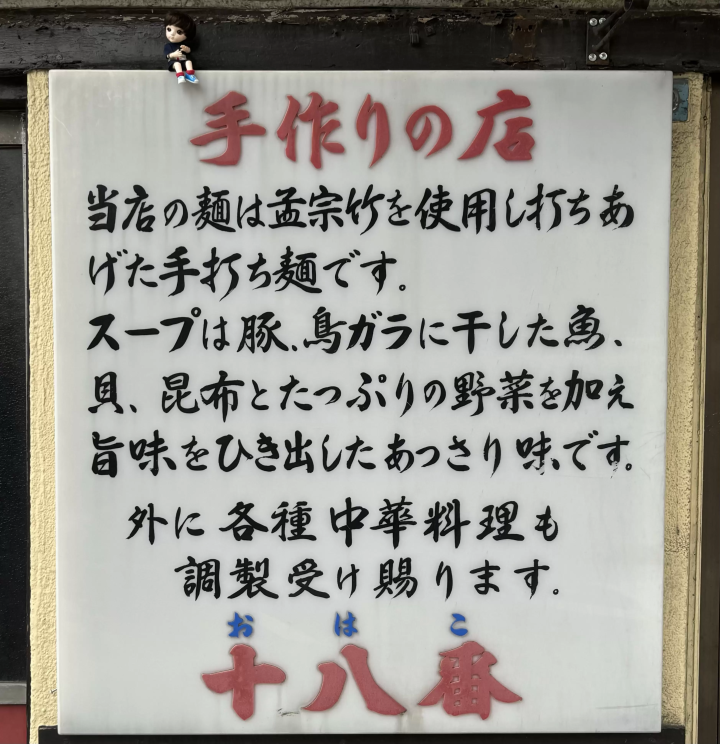
Kataoka learned all about Chinese cuisine, including how to make noodles, at the Chinese restaurant "Koyo" in Arai Yakushi, Tokyo, and continues to base his specialties on these teachings, such as how to make noodles using moso bamboo and how to make soup.
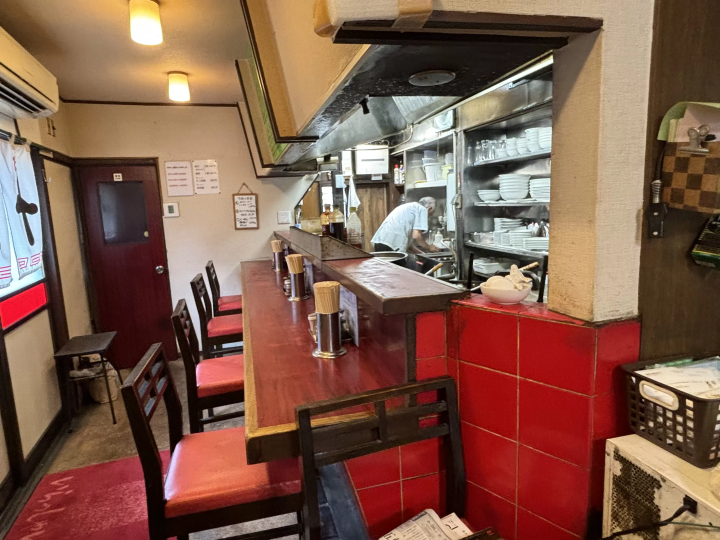
The restaurant has counter seats and three tables that seat four people. When they first moved, they only had counter seats, but later they purchased more land and added table seats.
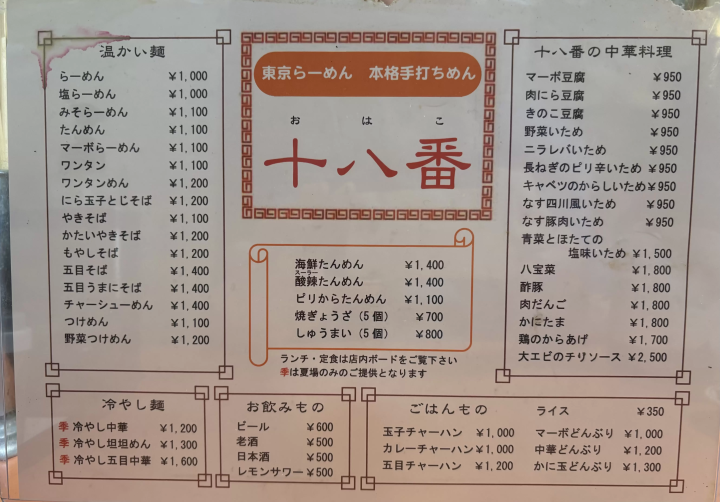
Kataoka-san told us about the popular menu item "Wonton noodles." It is a proud masterpiece that is made entirely by hand, even down to the wrappers. The summer-only menu "Cold Chinese Noodles" that starts around Golden Week is also popular, and some customers come just to eat it. The "Spicy Noodles" from the "This Week's Set Meal" set menu, which you can choose from three types, is not available on the a la carte menu, and regular customers say it is quite spicy.
You should definitely try the noodles!

If you come to Juhachiban, I recommend trying the noodles. Our favorite is the ramen, but on this day we had the char siu noodles. The thick char siu and the soup go well together, making for an addictive bowl of ramen.
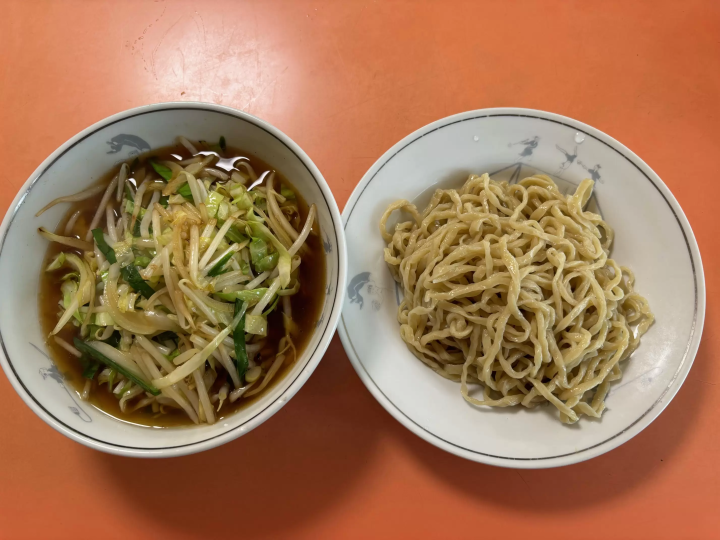
Another thing we really want to eat is "tsukemen". The "vegetable tsukemen" we ordered this time was so filling that we were full just from the vegetables. Of course, it came with a soup base and had the aroma of scallops.
The secret to its popularity
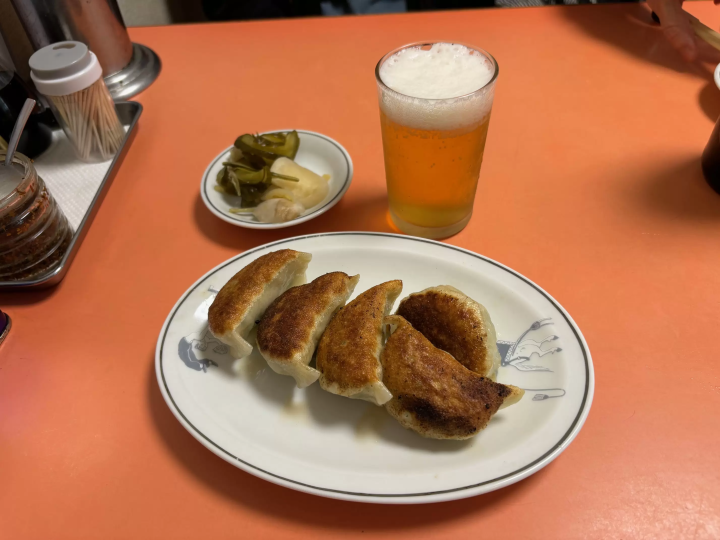
"Even though we're not that close to the station, we're grateful that customers come," says Kataoka. He says that many customers have been coming as families for decades, with children coming as adults and then coming back with their own children. By the way, we at Kimder Garden have been coming to Juhachiban for almost 30 years now!
The future specialty
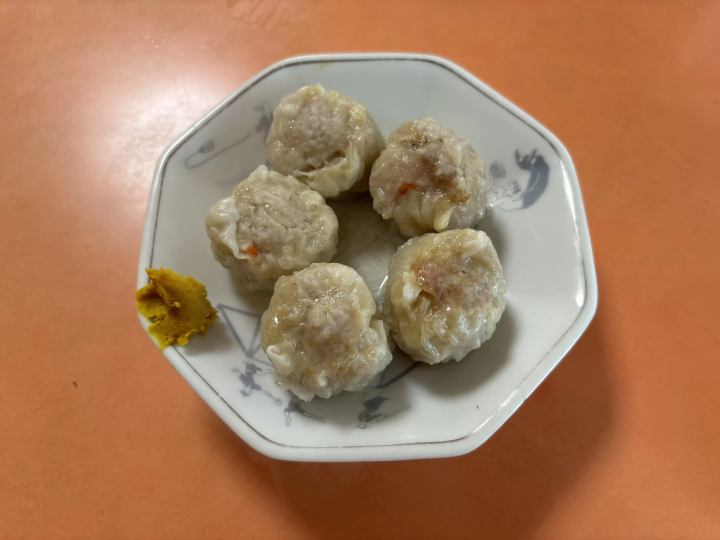
When we asked Kataoka about some of the most memorable episodes, he told us, "I'm happy when regular customers who have moved far away stop by because they're in the area, or when they come back because they miss the food."
Kataoka-san has been coming to the restaurant at 6am every morning and preparing for the next day until around 9pm after business hours for nearly half a century. For the past few years, staff have been helping out in the kitchen on weekends and making noodles early in the morning to support Kataoka-san. When Kataoka-san imparts his experience to the younger generation, he never pushes it on them, but always respects them and thinks together with them, which shows his good nature.
Please stop by our famous restaurant "ohako". See you!
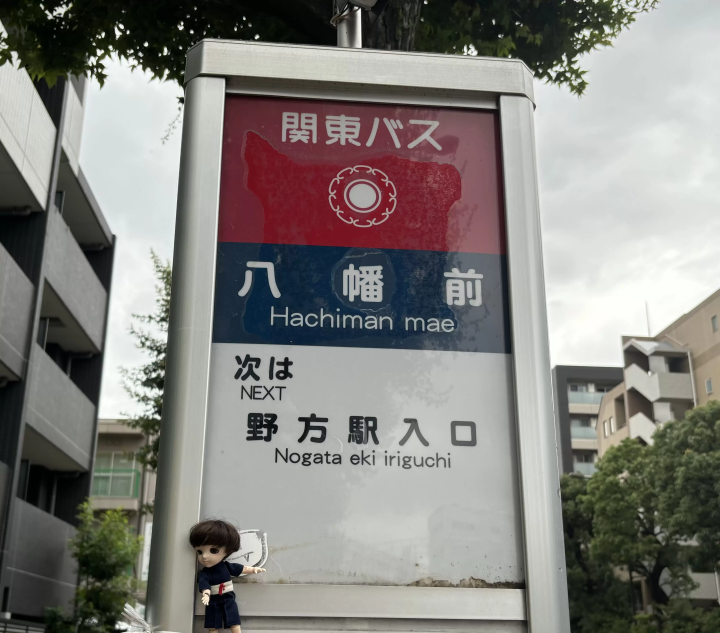
Specialty
access
Address: 2-2-2 Yamatocho, Nakano-ku
10 minutes walk from Nogata Station on the Seibu Shinjuku Line
Kanto Bus "Yahata-mae" bus stop
Business hours and holidays
Business hours: 11:00 to 15:00 (last orders 14:30), 17:00 to 20:00 (last orders 19:30)
Closed: Tuesdays and Wednesdays
Nakano city is located in the western part of Tokyo's 23 wards. It is especially famous for Nakano Broadway, known as the "holy land" of subculture, but it also has many other tourist attractions such as historic shrines and temples and gourmet food. While the area around Nakano Station is undergoing a "once in a century" redevelopment, the town is undergoing change, and the town is bustling with old-fashioned, friendly shopping streets, making Nakano a very diverse city. This diversity is also what makes it a city with a population of about 17,000 people from about 120 countries.
The contents on this page may partially contain automatic translation.































![[Kanazawa] Enjoy the world of gold leaf to the fullest in the city with the highest production volume in Japan](https://resources.matcha-jp.com/resize/720x2000/2025/11/12-249564.webp)
![[2026] Family Winter Trip to Suzuka Circuit! – For Both Day trips and Overnight Stays!](https://resources.matcha-jp.com/resize/720x2000/2025/12/26-254097.webp)
![[Northern Okinawa] 4 Recommended Cosmos Fields in Okinawa | Sunflowers and Cherry Blossoms in the Same Season!](https://resources.matcha-jp.com/resize/720x2000/2024/08/12-192028.webp)

